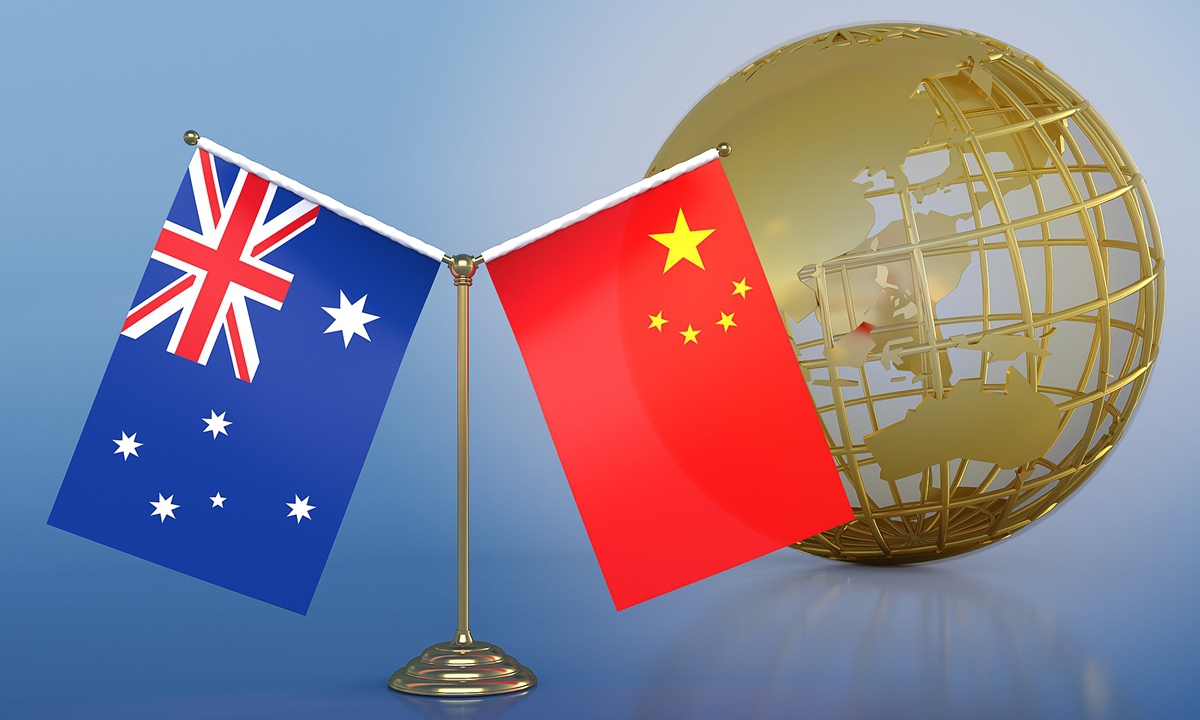
China Australia. Photo: CFP
Editor’s Note:
In his recent visit to Australia, Chinese Foreign Minister Wang Yi said that China welcomes Australia, an ally of the US, also a partner of China, and more importantly, a sovereign nation, to make policies independently, based on its own fundamental interests. After Wang’s visit, the two countries saw positive signs in the healthy development of bilateral ties. Given the importance of the relations between China and Australia, Global Times reporters Xie Wenting and Bai Yunyi (GT) conducted an exclusive interview with John Queripel (Queripel), an Australian historian and author, on bilateral relations, Australia’s foreign policy, how Australia views its role in Asia, as well as its relations with the US.
GT: How do you assess the outcomes of Chinese Foreign Minister Wang Yi’s visit to Australia?
Queripel: Wang Yi’s visit, the most senior Chinese official to visit Australia in seven years, for the seventh Australia-China Foreign and Strategic Dialogue, was another important step in re-establishing China-Australia relations after a period in which, under the previous Australian government, they had sunk to great depths.
The Albanese government has spoken of its desire to consolidate and normalize relations between the two countries, and this was a crucial step in achieving that.
Core to the visit was the economic relationship between the two countries. China makes up around one third of Australian exports and imports. The economic relationship ought to be complementary, as it has been in the past, but in recent years has stuttered.
Both sides seem to have been pleased with the talks. Wang called for no hesitation, no yawing, and no backward steps in the bilateral relationship, stating that both sides should strive to make steady, good, and sustained progress as the course forward has been charted.
He expressed his hope that Australia would take measures to uphold the principles of the market economy and provide a non-discriminatory business environment for Chinese enterprises in Australia. Canberra screens foreign investment in key sectors for national security, including critical minerals, and has blocked some Chinese deals. He also highlighted the need for independence, likely a reference to China’s view that Australia’s foreign policy is dominated by its strategic alliance with the US.
His Australian counterpart, Penny Wong, stated that Australia desired a mature and productive relationship, though there is more to be done. Dialogue, she maintained, “enables us to manage our differences. We both know it does not eliminate them. Australia will always be Australia and China will always be China.”
GT: What’s the general response of the visit in Australian society?
Queripel: Australian societal attitudes toward China are strongly shaped by the attitudes displayed by the nation’s politicians and media, which are often negative, sometimes virulently so. Polls, however, indicate a gradual warming of attitudes toward Australia’s major trading partner. This visit is likely to continue that warming.
The Australian business community has often found itself at strong odds with the political and media establishment. They are the ones, along with their employees, who suffer from any breakdown in that relationship. It appears that the ever-deepening thaw in relations under the previous government has been reversed, while there also is an increased questioning of the depth of Australian subservience to the US, particularly as represented by AUKUS.
As increased numbers of Australians are now visiting China, and the Chinese are traveling to Australia; understandings and interactions are likely to warm as they increase.
GT: There has been continuous opposition within Australia toward collaboration with China, particularly due to concerns about the so-called “China threat.” How do you perceive this sentiment? In the last two years, is there any reflection now in Australia about the previous policy on China?
Queripel: The so-called “China threat” is played everywhere in Australia. Even previously respectable media, including public broadcasters, the ABC and SBS, get caught up in it. It seems all pervasive. Its worst expression was the infamous “red alert” series, wherein it was argued, with all seriousness, that China was about to “invade” Australia any day now. Of course such inanity stands at total odds with the AUKUS idea of acquiring submarines 15-20 years down the track for the nation’s defense.
While the current government, though still intimately involved in US war planning, is hosing down the extremes of the “China threat” narrative, nearly all of the mainstream media is still enthralled by it. Members of the previous government, now in the opposition, remain rabidly anti-China.
Sad to say, for many there has been little reflection on previous policy toward China. There are some hopeful signs though, with people in general seeing through the lies and duplicity, and gradually again warming toward China. Polls also indicate that the majority of Australians reject the government policy of total subservience to US foreign policy.
GT: From your perspective, is there anything that the current Australian government can learn from former prime minister Paul Keating’s China policy?
Queripel: Under the then prime minister Gough Whitlam, Australia established diplomatic relations with the People’s Republic of China half century ago. Relations deepened through each subsequent government change in Australia, due to both nations understanding their inter-dependence, and how that benefited both. Both sides of Australian politics understood this. Around 2015, feeling under threat due to China’s rise, US policy turned against China. That was associated with former US president Obama’s “pivot to the Indo-Pacific,” something which obviously drew in Australia. From around 2017 intense “Sinophobia” was unleashed in Australia.
Former prime minister Paul Keating has been excoriating in his criticism of it. For that he has worn much opprobrium, but of course he is right. Of former prime ministers, Keating is the only one contributing in a clear-sighted, level-headed manner to the debate.
Current Australian Foreign Minister, Penny Wong, believes the attitude of Australia needs to be one where “we seek to cooperate with China where we can, disagree where we must, and engage in our national interest…It’s Australia’s view that a stable bilateral relationship would enable both countries to pursue respective national interests, if we navigate our differences wisely.” Such an attitude sounds prescient.
GT: This year, 50 prominent figures in Australia released a joint statement, calling on the Albanian government to assume a “constructive middle-power” role in alleviating tensions between Australia’s largest trading partner, China, and its closest ally, the US. Do you believe Australia can effectively fulfill this role?
Queripel: Australia needs to play this role. Former Singaporean diplomat and now international relations scholar Kishore Mahbubani has cast the choices for Australia thus: “Australia’s strategic dilemma in the 21st century is simple: It can choose to be a bridge between East and West in the Asian Century — or the tip of the spear projecting Western power into Asia.”
Too often Australia, hamstrung by its colonial history, has acted as a white outpost in Asia. AUKUS is the latest manifestation of this, and it has a bad look in Asia, being made without any consultation with Australia’s Asian neighbors.
If Australia can accept its geographical location as part of Asia, and bring with that its allied status for some 80 years with the US, it can play a very important part in alleviating tensions between the superpowers.
GT: How do you think Australia should navigate its relationship with China while also balancing its alliances with other countries, such as the US?
Queripel: The world does not, indeed should not be seen in either or, us or them dualities. Indeed, faced with the common problem of climate change, which is presenting itself as an existential threat, it is imperative that nations of the world take a much more co-operative approach.
It is the West which has thought of itself as being separate to others, “carrying the white man’s burden,” needing to bring its “values’ to the world.” That was its reason for building its colonial power, though in reality this provided a good cover for economic exploitation. This type of “exceptionalism” still informs US policy today.
China, on the other hand doesn’t think in this manner. China is exhibiting a much more co-operative style in international relations.
Australia ought to leverage its close relationship with the US to encourage them to move beyond an aggressive hegemonic world view, to one built on cooperation. That will call Australia first of all, to commit itself to such a path. Currently it is far too closely allied to the US, something from which it has gained nothing.
It is time for Australia to step back from backing one side, and instead use its close connections with both China and the US to act as an honest broker. It can choose to be a “bridge” rather than a Western “spear tip” into Asia. That will be to Australia’s great advantage as Asia increasingly becomes the economic hub of the world.
GT: What role do you see Australia playing in promoting regional stability and cooperation in the Asia-Pacific region, particularly in relation to China?
Queripel: Currently, far from playing a stabilizing role, Australia is playing a role of destabilizing the region. Australia needs to change its own practices as well as pressing the US to stop playing a game of brinkmanship in the Asia-Pacific region, with its warships sailing provocatively close to China. Brinkmanship is always dangerous, especially when nations are nuclear armed.
Asia is committed to peace. The ASEAN is a great sign of cooperation between nations, with sometimes very different ideologies and forms of government. Marked by a special summit in Melbourne, Australia has just celebrated 50 years of dialogue partnership with the ASEAN. In that period Asia has been the great success story in dealing with conflict.
There is a role for Australia in promoting regional stability and cooperation in the Asia-Pacific. For it to do that, however, will mean a radical reorientation of the current policy, and for it to advocate with its ally, the US to change its policy.


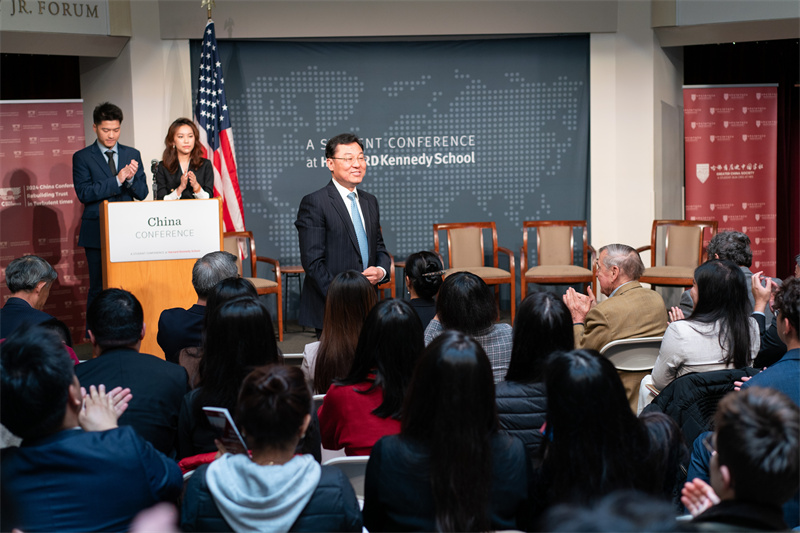
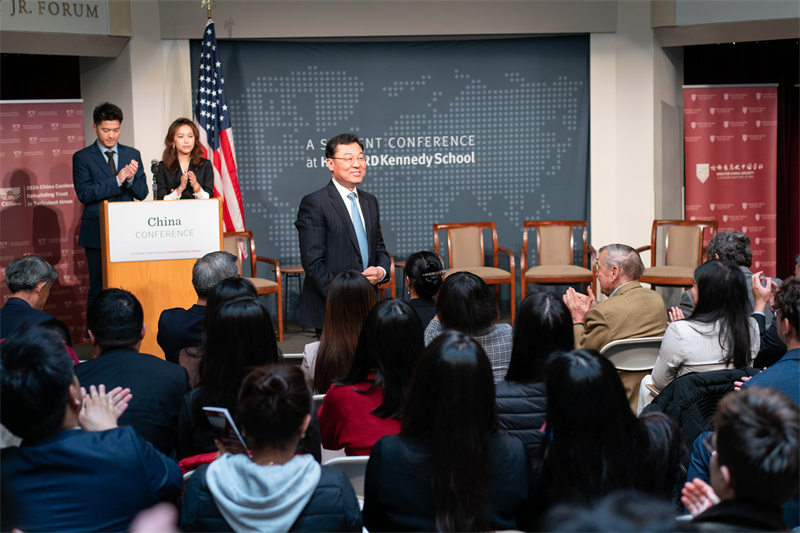 Chinese Ambassador to the United States Xie Feng delivers a speech during the opening ceremony of the Harvard Kennedy School China Conference 2024, April 20, 2024. /Chinese Foreign Ministry
Chinese Ambassador to the United States Xie Feng delivers a speech during the opening ceremony of the Harvard Kennedy School China Conference 2024, April 20, 2024. /Chinese Foreign Ministry 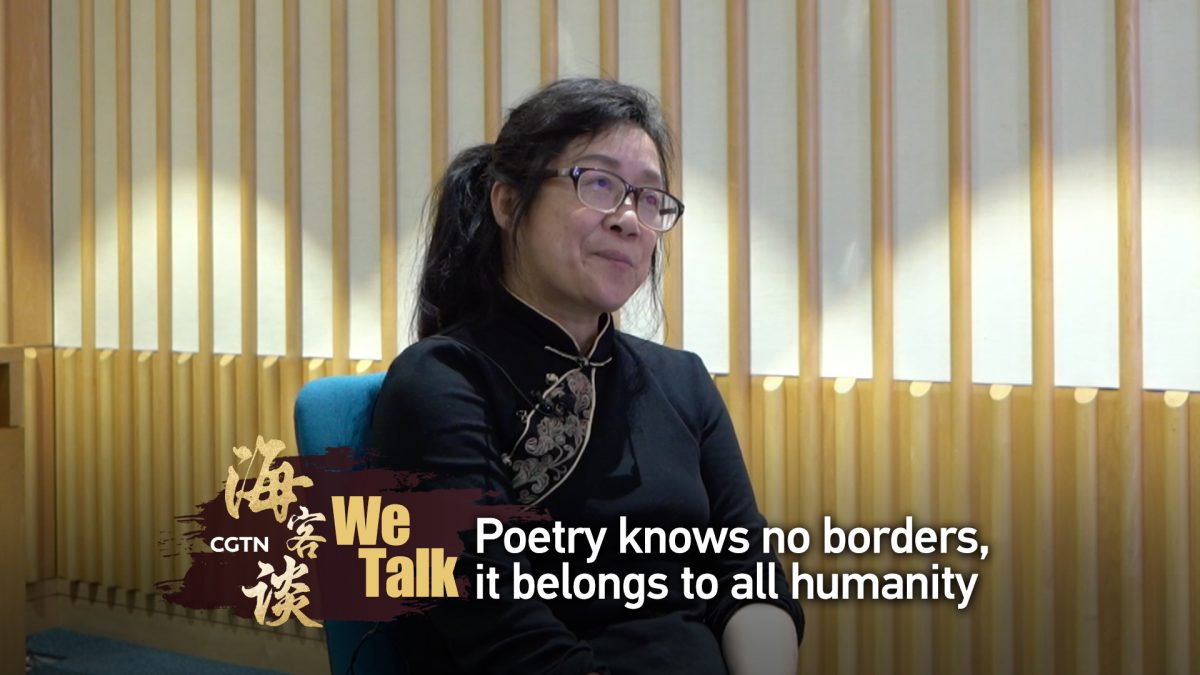
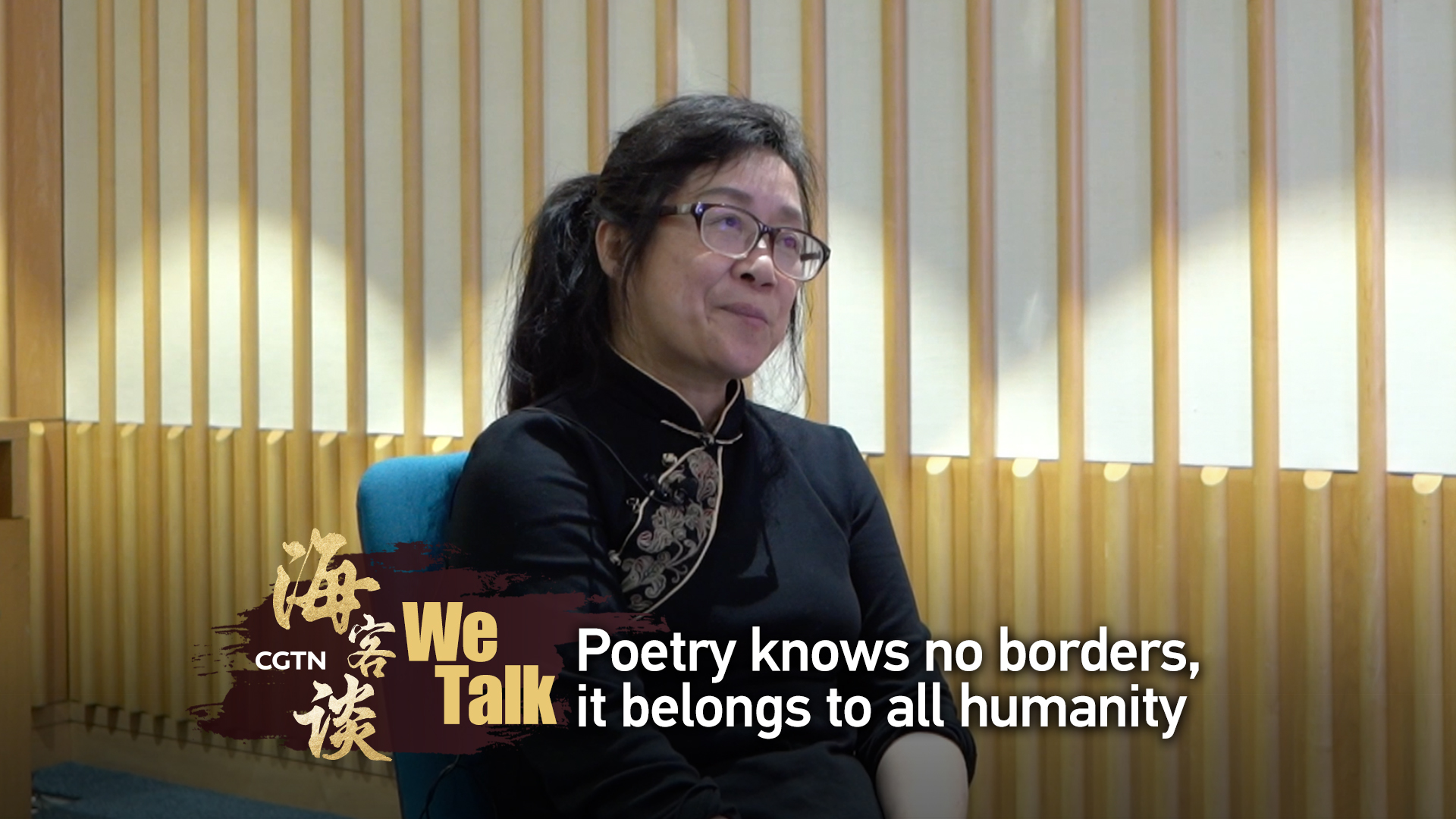
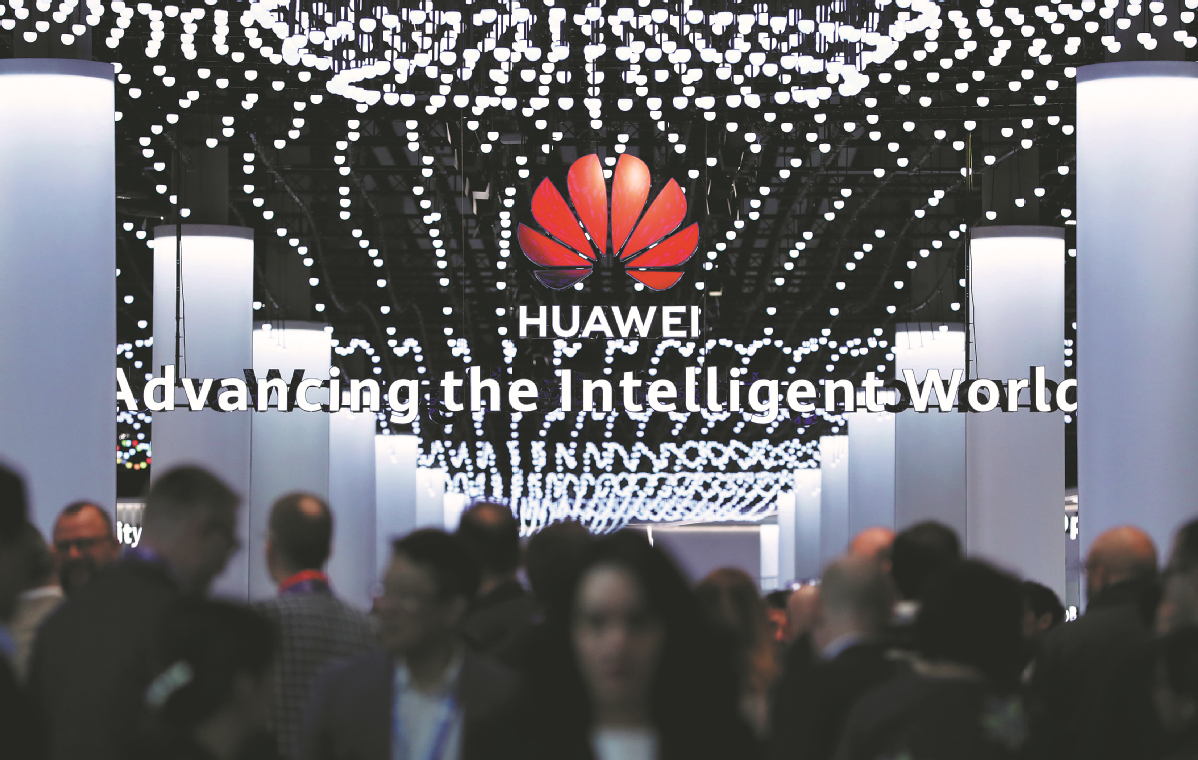
 A view of the booth of Huawei at the 2024 Mobile World Congress Barcelona in Spain earlier this year. GAO JING/XINHUA
A view of the booth of Huawei at the 2024 Mobile World Congress Barcelona in Spain earlier this year. GAO JING/XINHUA 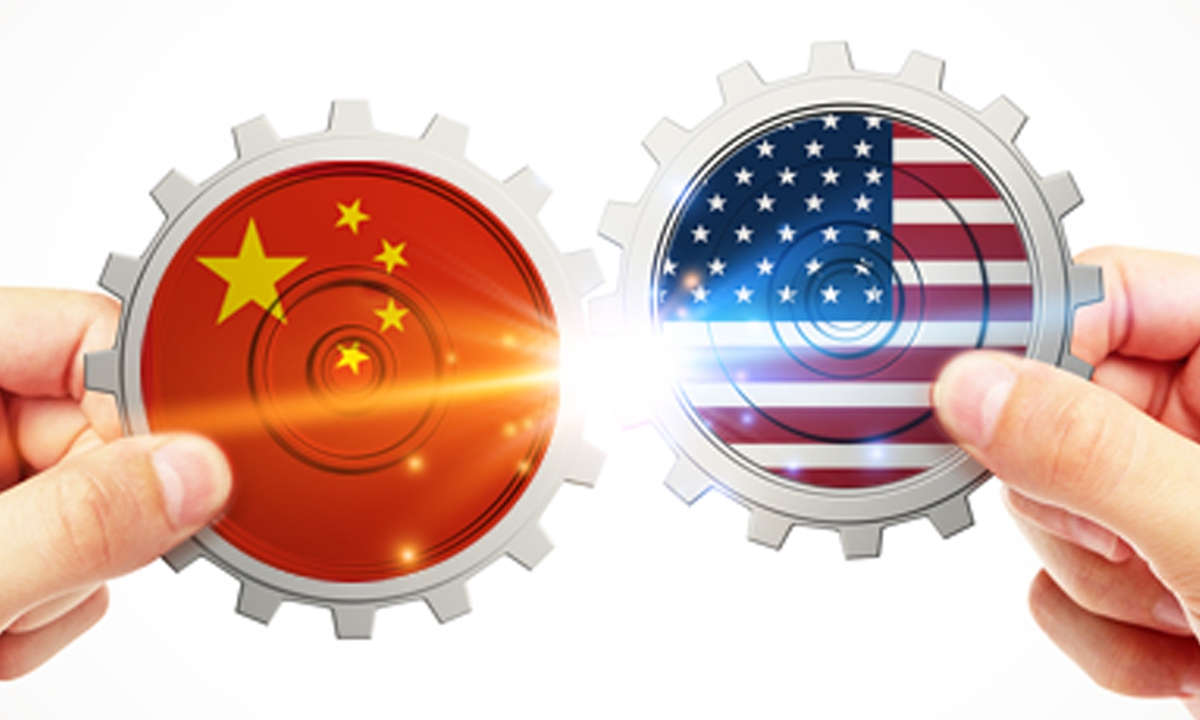
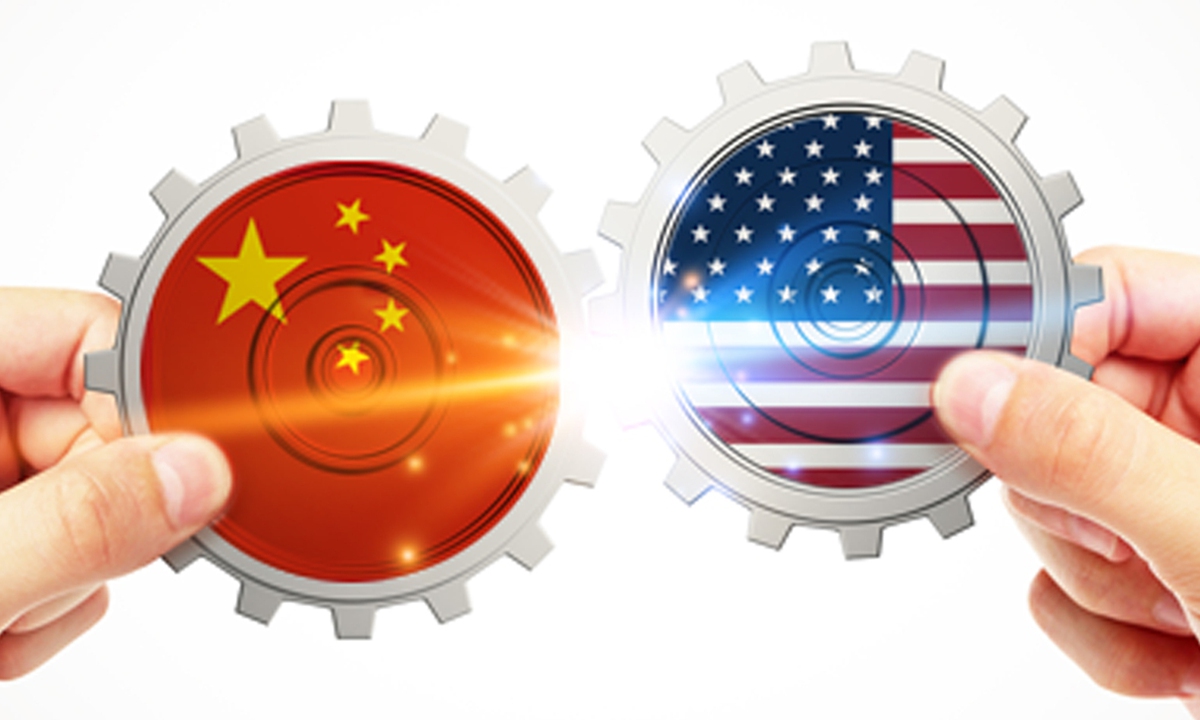
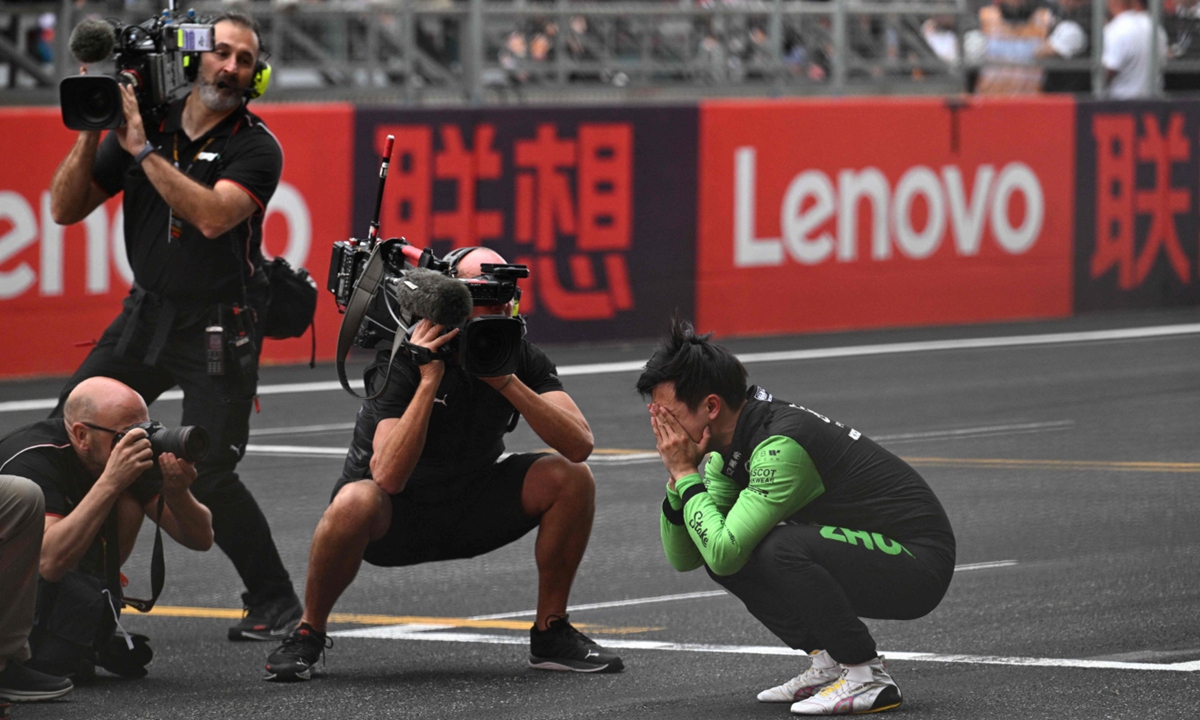
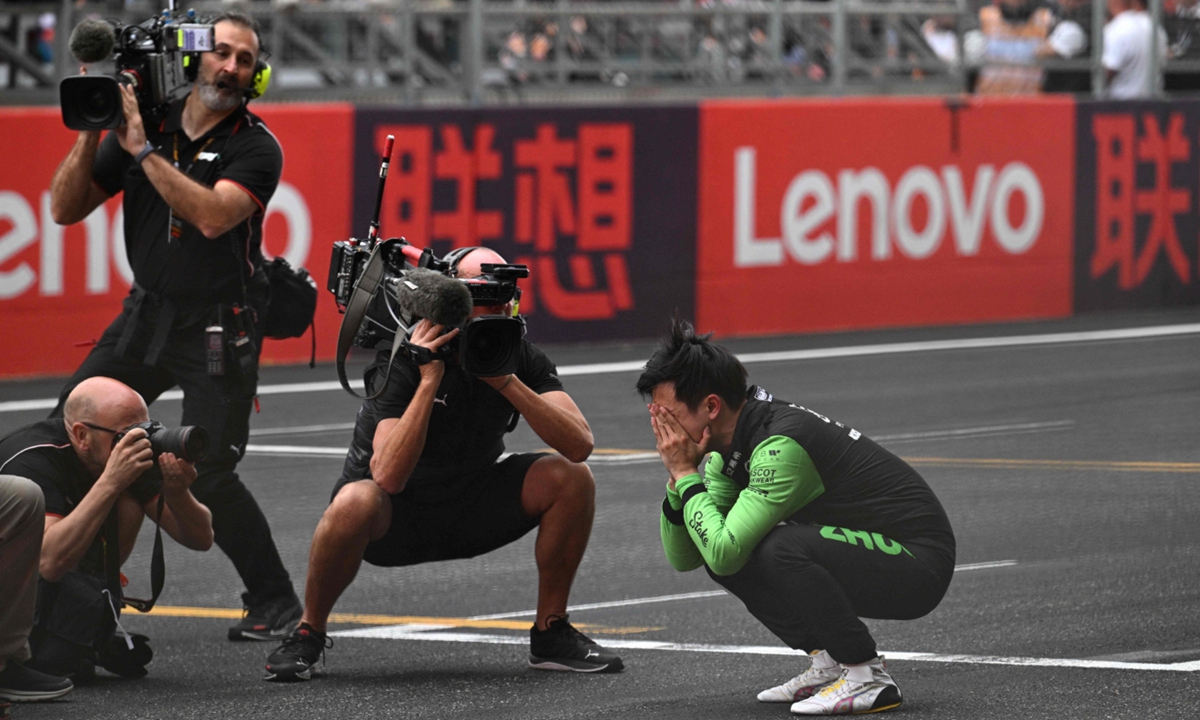


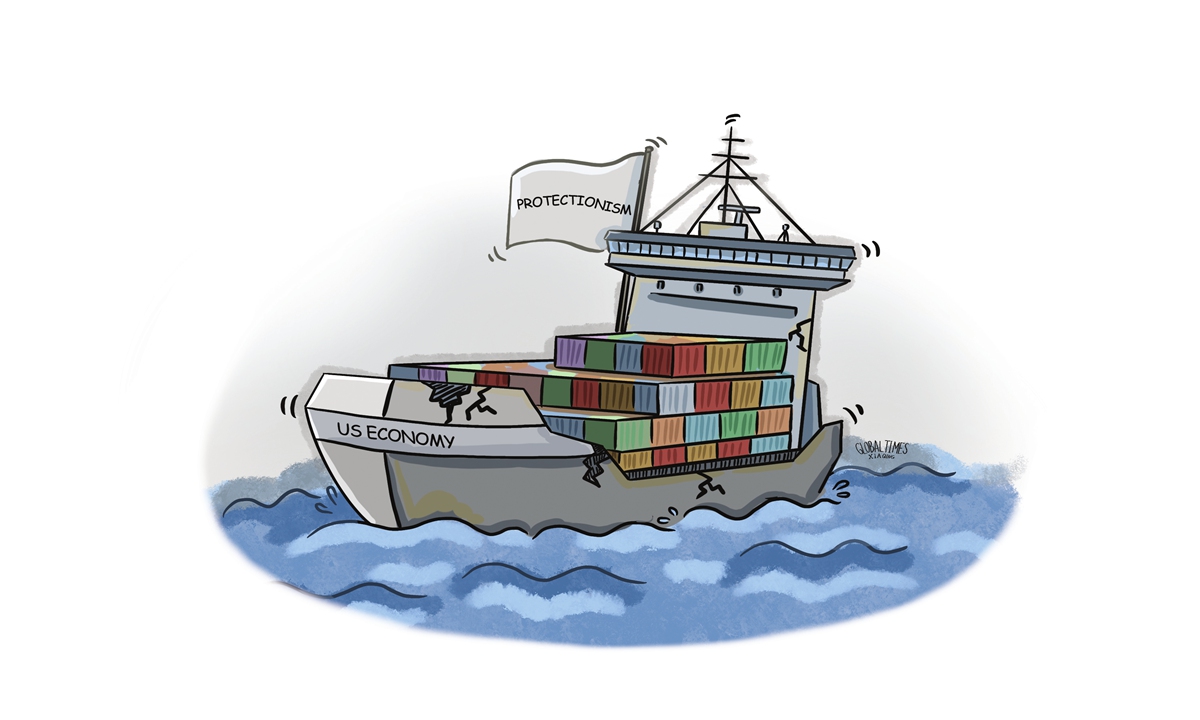
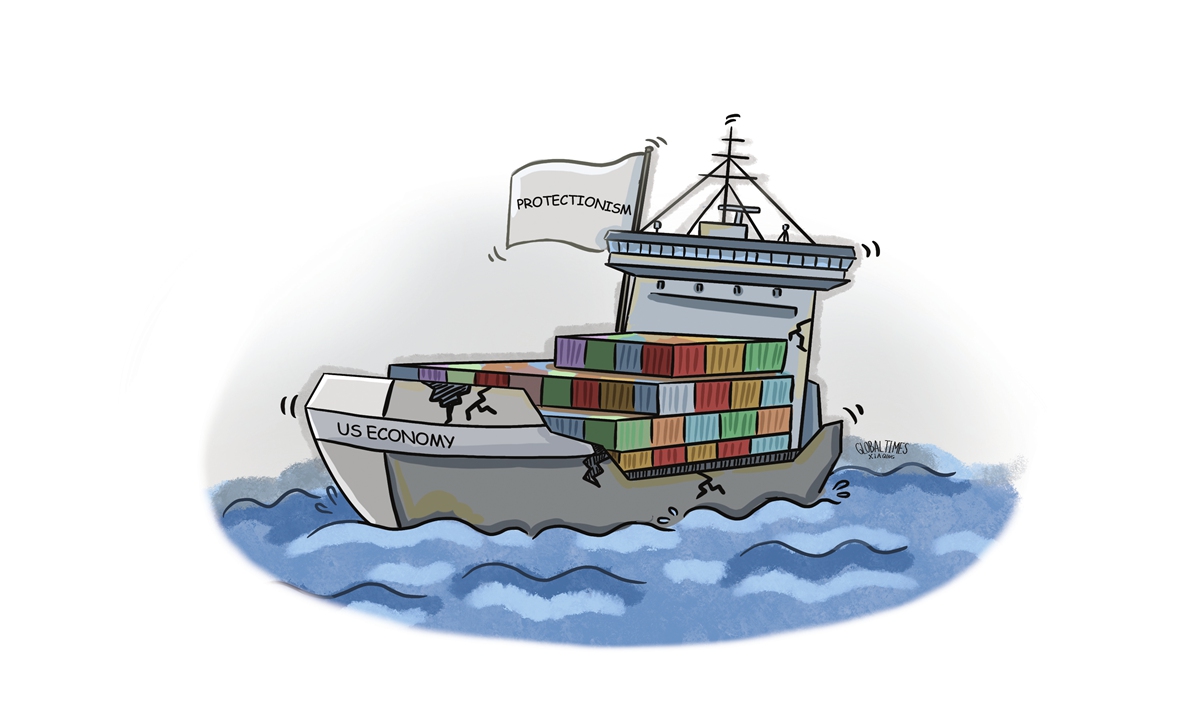


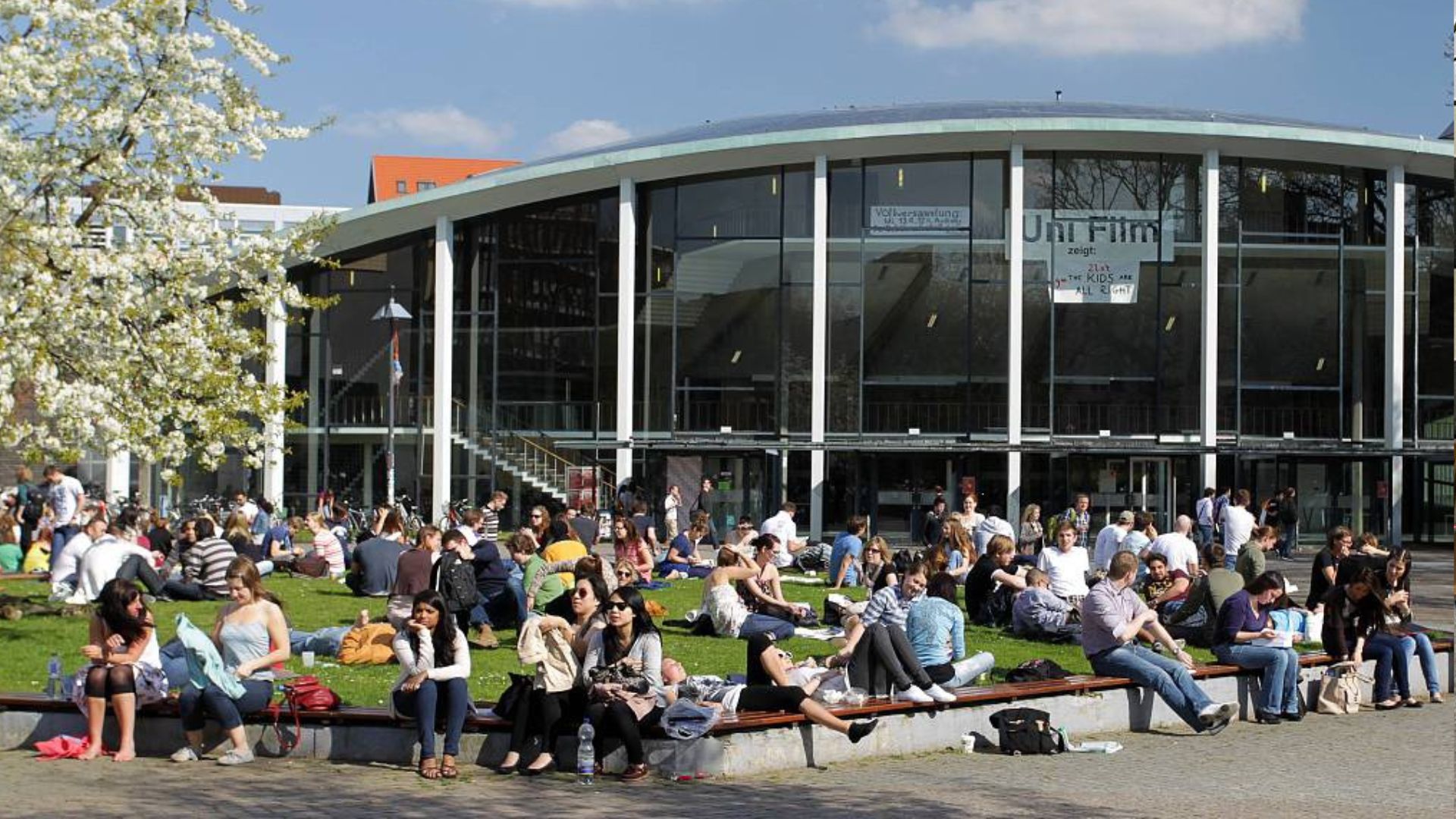 The UK left the European student exchange scheme Erasmus after Brexit. //Hoch Zwei Stock/Angerer
The UK left the European student exchange scheme Erasmus after Brexit. //Hoch Zwei Stock/Angerer 